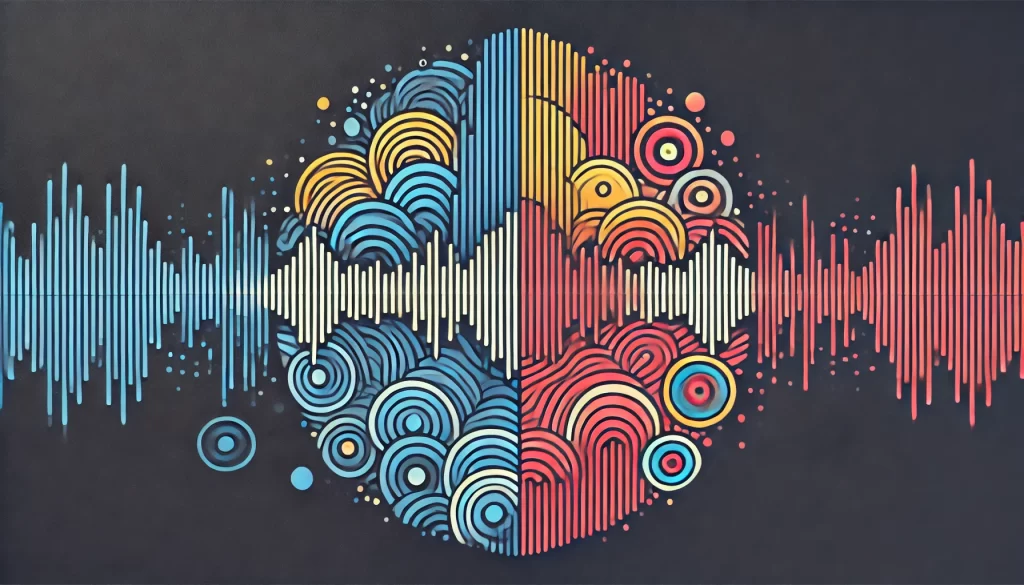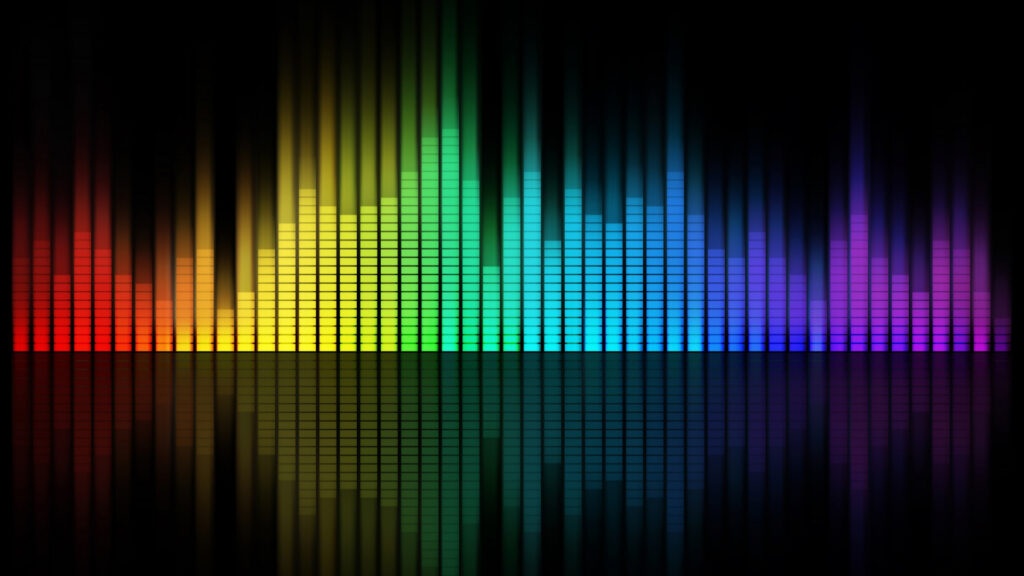A Historical Perspective
Since 1979, when The Buggles famously proclaimed, “Video Killed the Radio Star,” we’ve been asking ourselves whether that’s truly the case. Did the advent of music videos and the visual element of television broadcasting really signal the death knell for radio?
The claim was primarily a reaction to the launch of MTV in the early ’80s, which opened up an entirely new platform for musicians to share their work. It was a revolution that brought music to our screens in a visually captivating way, which indeed changed the music industry forever. But did it kill radio? Let’s dive in to find out.
The Impact of MTV and the Video Era
The arrival of MTV and the proliferation of music videos indeed shook the music industry. For the first time, artists had a new medium to reach out to their audience that was not solely dependent on audio. They could now visually articulate their creative vision and enhance the narrative of their music.
Suddenly, an artist’s image, the way they danced, and their ability to act out a scene in a music video became as important as the music itself. Some argue that the emphasis shifted away from purely musical talent and leaned towards aesthetic appeal and showmanship.
Many artists leveraged this new medium and skyrocketed to fame. Think of Michael Jackson’s “Thriller,” Madonna’s provocative videos, or the storytelling in Guns N’ Roses’ “November Rain.” These artists used video as a platform to amplify their music and create an immersive experience for their fans.
Radio: The Comeback Kid
Despite the emergence and dominance of music videos, radio managed to persist and remain relevant, proving that it was far from being ‘killed.’ Here’s why:
Accessibility and Convenience
Radio remained accessible and convenient for listeners. You can listen to the radio while driving, working, or doing chores, a feat not easily achieved with video. Unlike TV or a music video, radio doesn’t demand visual attention, allowing it to be a part of people’s everyday lives seamlessly.
Music Discovery
Radio has long been a staple for music discovery. Disc jockeys have the power to introduce listeners to new artists and genres. Even in an era where we can curate our own playlists, there’s something to be said about the thrill of hearing a new song you love on the radio for the first time.
Local News and Events
Radio serves as a community hub, providing local news updates, weather forecasts, traffic reports, and advertising local events. This localized content, tailored to the listener’s immediate environment, creates a unique connection between the radio station and its audience.
The Digital Age: A New Contender?
Fast forward to the digital age, with the rise of streaming platforms like Spotify, Apple Music, and YouTube, where both audio and video can coexist. These platforms allow users to discover music, create personalized playlists, and even watch music videos, all in one place. This has undoubtedly presented a new challenge for both radio and the standalone music video.
However, even in this context, radio adapts and thrives. Internet radio stations and podcasts have seen a surge in popularity, offering on-demand content that traditional FM/AM radio couldn’t provide.
Conclusion
In retrospect, it’s clear that video did not kill the radio star. Instead, it spurred radio to evolve and find its unique value proposition in an ever-changing media landscape. Radio has shown a remarkable ability to adapt and maintain its relevance by offering accessibility, local content, and a personal connection that is hard to replicate.
Instead of viewing video and radio as competitors, it may be more accurate to see them as complementary platforms. Each has its strengths and caters to different listener needs, and together, they provide a rich, diverse, and full music experience. Thus, radio continues to be a star in its own right, unshadowed by its video counterpart.




